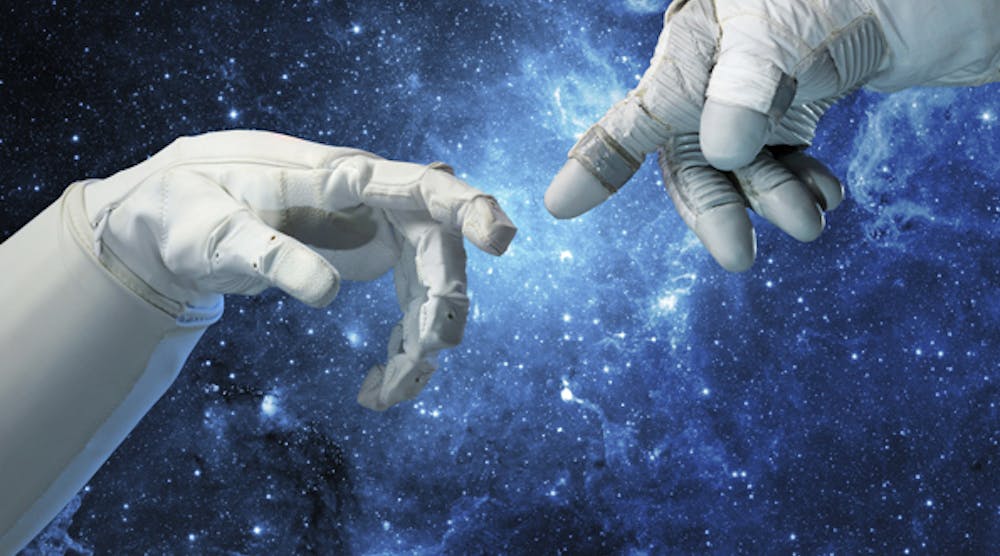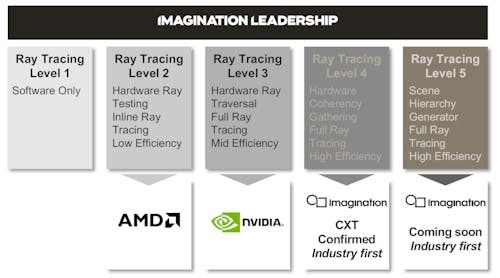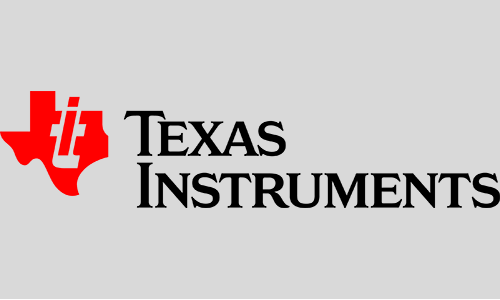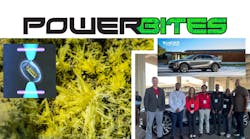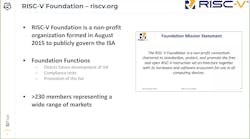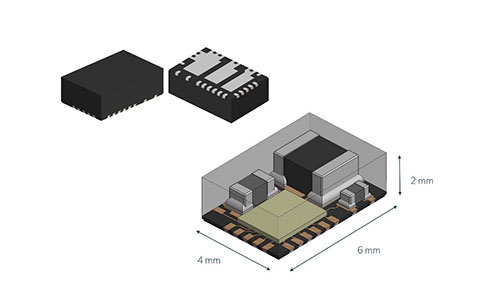|
|
Download this article in .PDF format This file type includes high-resolution graphics and schematics when applicable. |
People have been interested in the planets long before electronics was even a word, and that interest has increased exponentially since then. No more is this the case than atTE Connectivity (TE), with the Curiosity rover on Mars and the Juno space probe orbiting around Jupiter. This article highlights how some of TE’s high-reliability electronic components are supporting the on-site exploration of Mars and Jupiter.
历史帮助把今天的激动人心的星球ary explorations in perspective. In 1610, Galileo’s telescope allowed him to observe several moons around Jupiter. Advances in optics by 1877 allowed Asaph Hall to see the two closely held moons around Mars. By the late 20th century, the integration of optics, electronic telemetry and radio communications, data acquisition and analytic computing, and the ability to launch these payloads into space becamealmostroutine business. Space exploration is no longer limited to what we can see from Earth.
望远镜在环绕地球的轨道,就像中心ble Space Telescope (HST), aren’t hindered by the atmosphere that clouds and distorts images. Orbiting some 340 miles above Earth, the HST brings astounding clarity to images not only of nearby planets, but also to hundreds of billions of galaxies many light years away.
Given the extremes of temperature in space, from dark to direct sunlight, these instruments need accurate temperature sensing and compensation. Corrections for temperature-induced effects—for example, those that change the shape of critical optics—can then be applied. The component of choice for precise and repeatable temperature sensing is the thermistor.
The required thermistor performance characteristics for instruments in space can be selected from a family of TE Connectivity thermistors on theNASA/Goddard Space Flight CenterQualified Parts List (QPL).
While we humans are most accustomed to images in our own visible region of spectrum, science can make use of even more information at wavelengths outside the visible. Here’s a brief list of NASA’s “Great Observatories” and the wavelengths to which they’re tuned:
•Hubble Space Telescope: Visible and near ultraviolet. Launched in 1990 with repairs to its main mirror in 1993, followed by four additional upgrades between 1997 and 2009 to further perfect its performance.
•Compton Gamma Ray Observatory: Gamma rays. Launched in 1991, operated until 2000.
•Chandra X-ray Observatory: X-rays. Launched in 1999.
•Spitzer Space Telescope: Infrared. Launched in 2003 and continues to be partially functional since 2009, when its coolant depleted and its “warm mission” began.
TheJames Webb Space Telescopeis set to become the premier observatory of the next decade. This large infrared telescope will be launched in October 2018.
Missions to Mars
While having an assortment of telescopes above Earth’s atmosphere is a significant achievement, there’s nothing like getting up close to an actual visit to the planets. Today’s planetary probes come in several varieties, ranging from those that fly by, to those that have been inserted in orbit around the destination planet, and those that have landed and are even roving on the planetary surface.
The surface of Mars is suitable for rovers, and NASA has visited Mars repeatedly, with some of the successful missions listed here by launch date:
•Mariner 4: Flyby, 1964
•Mariner 6 and 7: Flyby, 1969
•Viking 1 and 2: Orbiter and lander, 1975
•Spirit and Opportunity: Rovers, 2003
•Curiosity:Rover, 2011
The Curiosity mission enabled a whole new chapter in our knowledge of Mars. The Curiosity rover not only collects images of the surface, it’s a mobile chemistry lab for analyzing what it finds—testing the Martian soil to look for signs of water or organic molecules that could indicate possible life, whether historical or present. Curiosity is well provisioned with an array of instruments in its versatile Sample Analysis at Mars (SAM) suite. One of these is a gas chromatograph, which can separate different compounds for further analysis by spectrometry. Enabling this equipment are small high-voltage relays like TE’sKilovac K40P(Fig. 1).
Measuring a mere 1.85 x 0.65 in. and weighing one ounce, relays of this type can provide isolation of up to 5 kV and switching of low currents while carrying up to 35 A, and 10 million operations at cycles as fast as 1 ms are within its specifications. In addition to relays,TE thermistors(per the QPL list noted above) are also in operation onboard Curiosity.
Missions to Jupiter
Missions to Jupiter take longer; even in our closest elliptical orbits, the giant, gas-filled planet is still some 365 million miles away from Earth (compare with Earth to sun at 93 million). Some successful Jupiter missions include:
•Pioneer 10: Flyby, 1973
•Voyager 1 and 2: Flyby, 1979-1989
•Galileo:Flyby, 1995
•Juno:Launched in 2011; inserted into orbit around Jupiter, July 4, 2016
Pioneer 10, which was the first spacecraft to complete a mission to Jupiter, launched in the early 1970s and contained TE legacy temperature sensors, as have other space applications for over 40 years.
在当前朱诺的使命,除了thermistors, TE’s fluxgate magnetometers are being used. For the first time, scientists will be able to collect a three-dimensional map of the magnetic field of any planet with an active magnetic field. A planet’s magnetic field is a major distinguishing factor of how the planet came to be and how it behaves today. Mars, with its red color suggesting an iron core, doesn’t have much of a magnetic field comparable to Earth, with only some 1/5000ths the strength of Earth’s field.
However, Jupiter’s magnetic field is quite the opposite, at some 20,000 times greater than Earth’s field, with evidence pointing to the movement of liquid hydrogen that’s so dense it has become metallic. Jupiter can use its powerful magnetic field and gravity to influence the paths of lesser objects, including comets, as well as the orbits of the major planets within its major presence.
For these missions to be successful, the equipment must be able to withstand the extreme conditions during a rocket launch, such as extremes of G-forces and vibration. Once outside Earth’s protective atmosphere, including our own magnetic field that helps shield us from deadly high-energy radiation and particles, space instruments must continue to be reliable under those conditions, including extremes of temperature and high vacuum conditions. Connectors like the QPL-listed 311P and 312P D-sub miniature connectors offer high-reliability solutions for these missions(Fig. 2).
Missions to Mars, Jupiter, and beyond will help scientists understand the origins and workings of our solar system in ways never dreamed of a few generations ago. We may find lifeforms unlike those on Earth and make scientific discoveries based on things learned on each planet. In another few hundred years, we may be able to send probes at fractions of light speed that can explore exoplanets around distant suns. Our connections with the planets and beyond are growing, and TE Connectivity plays an important part in this exploration.
To learn more about TE’s role in space missions, go to itsSensors in Space webpage.
NASA’s use of products mentioned in this article does not amount to an endorsement of this product or TE Connectivity or its subsidiary, Measurement Specialties, by NASA or the Federal Government.
References:
NASA/Goddard Space Flight Center Qualified Parts List (QPL) (GSFC-311-QPLD-029, Sep. 8, 2016.
“Sensors in Space,” TE.com. For additional information on other products, go to TE.com/space.
“TE Connectivity's KILOVAC Relay Assisting Mars Rover,”OEM Off-Highway, August 14, 2012.
